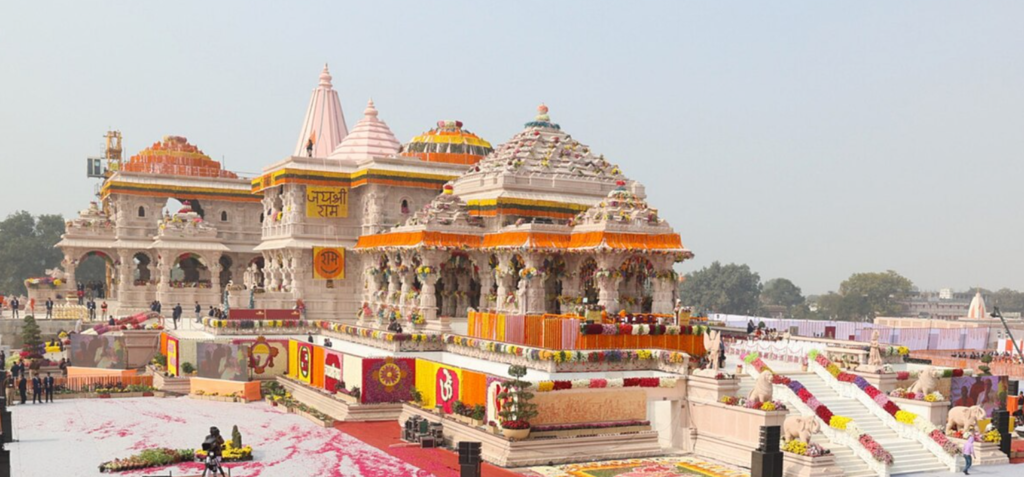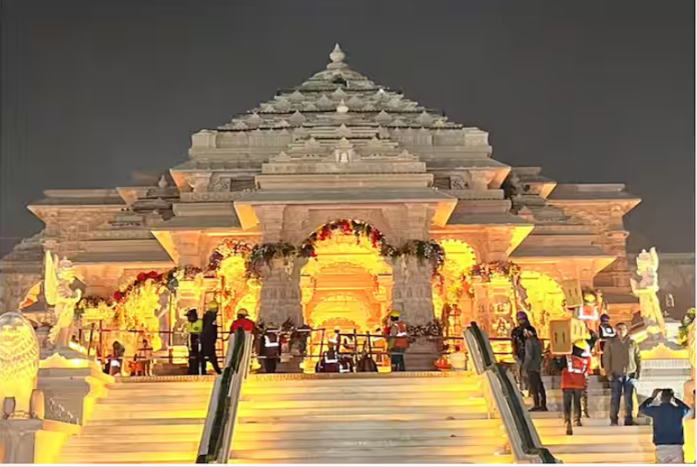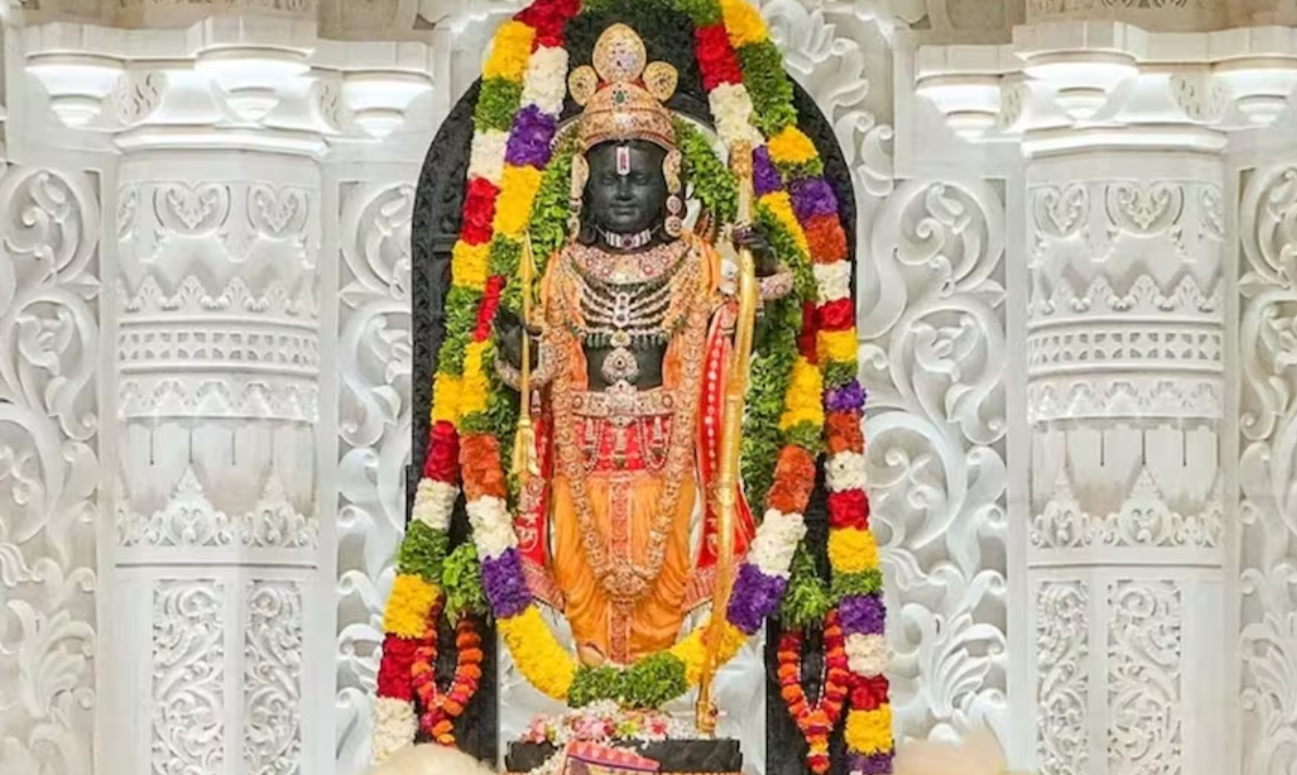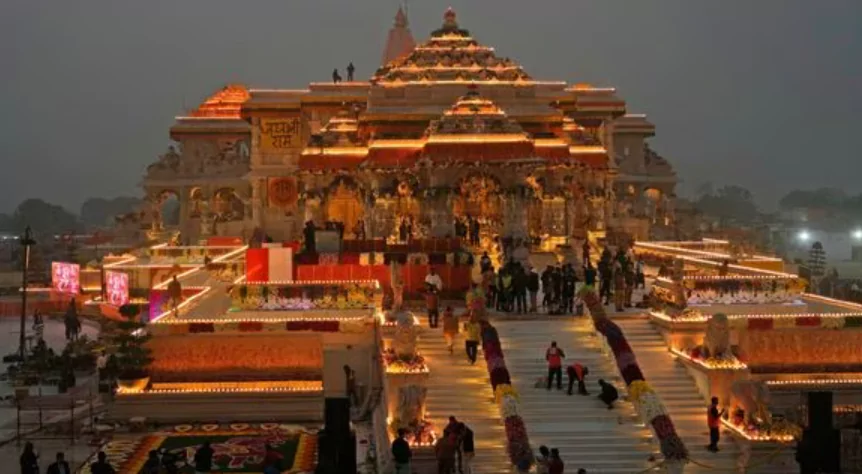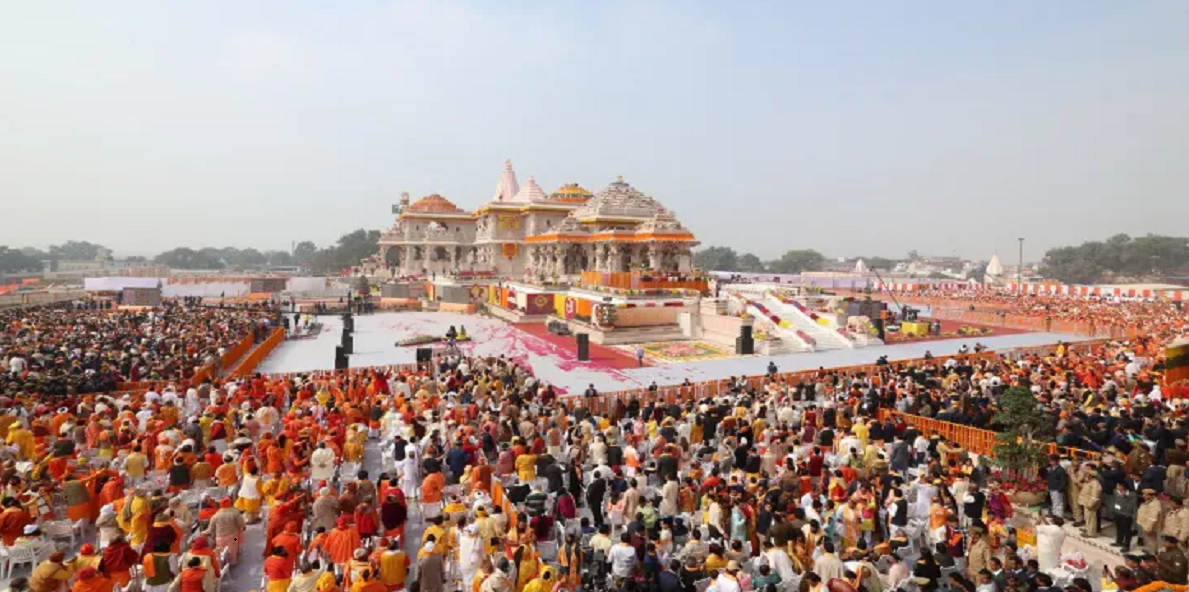History of Ram Mandir, Ayodhya 1500 To 2024
(राम मंदिर अयोध्या हिस्ट्री)
In the Indian city of Ayodhya, there was an old Hindu temple for Lord Ram on a disputed site. In the 1500s, the Babri Masjid mosque was built there instead. In 1992, Hindu groups demolished this mosque, causing Hindu-Muslim tensions across India. After years of legal cases about who controlled the site, India’s Supreme Court ruled in 2019 that Hindus could build a new Ayodhya Ram Temple (Ayodhya Ka Ram Mandir) there.
Construction of the new temple started in 2020, an historic moment for Hindus who feel connected to Lord Ram. The Ram Mandir has reflected important issues in India related to religion, politics and law between Hindu and Muslim communities over history. Building the new temple has been a symbol of Hindu identity and ideals.
Ayodhya Before Ram Mandir (राम मंदिर, अयोध्या)
Before the Ayodhya Ram Janmabhoomi (राम मंदिर, अयोध्या) built, the city of Ayodhya in India was an important religious place for Hindus. They believe it is the birthplace of Lord Ram, an important Hindu god. The Ramayana epic is set in Ayodhya, so the city is closely tied to Hindu culture and traditions. For many years, there was a mosque called Babri Masjid at the site built during the Mughal Empire.
The mosque led to tensions between Hindus and Muslims over this important religious site. There were long legal fights about the land. Hindu parties demolished the Babri Masjid in 1992, sparking bloodshed between Hindus and Muslims across India.
The history of Ayodhya before the Ram Mandir shows the city’s religious importance to Hindus, its cultural heritage, and the complex disputes over the site that finally led to the Ram Mandir temple being built.
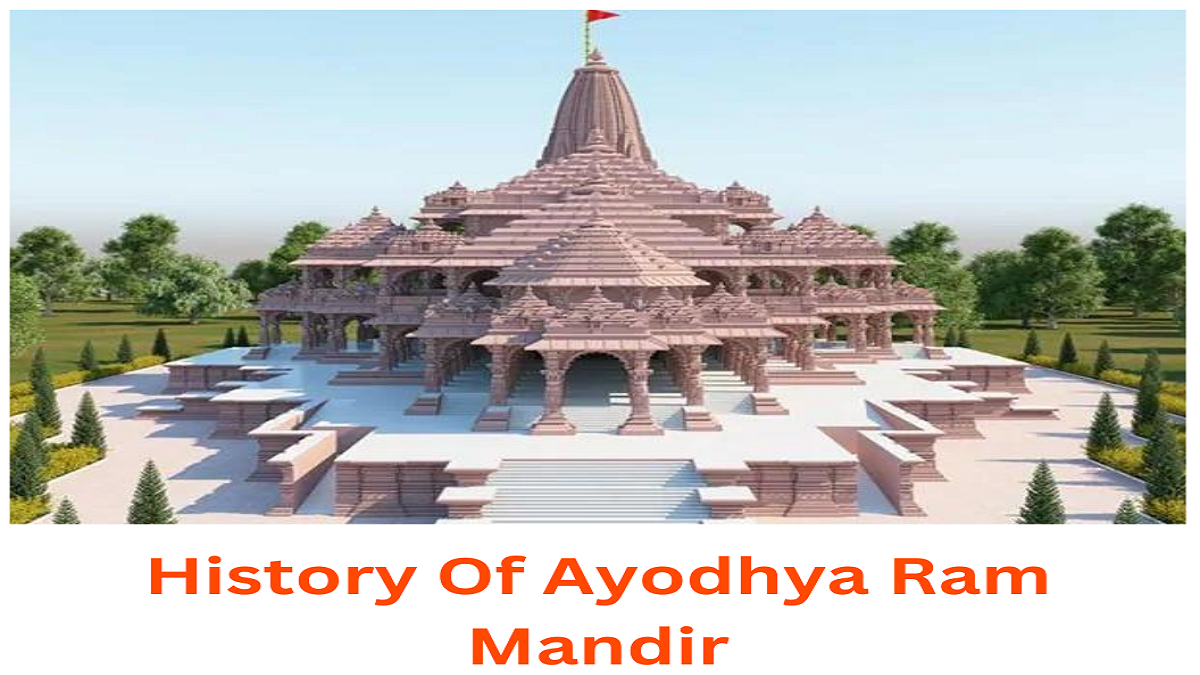
The Original Ayodhya Ram Janmabhoomi:
- The original Ram Mandir was located in the center of Ayodhya. It marks the place where Lord Rama was born. In 1528, the Babri Masjid mosque was built on the site of the Ram Mandir.
- It was built under the Mughal Emperor Babur. Before the mosque, there was an ancient Hindu temple at the site, as shown by archaeological evidence.
- The original temple dates back to the early 12th century, though some say it was even earlier in the 10th century. The ancient temple was dedicated to Lord Rama and known as Ayodhya Ram Janmabhoomi, meaning Rama’s birthplace.
- The original Ram Lala Mandir had inscriptions showing a temple commemorated Rama’s birthplace. The mosque and temple existed together for centuries.
- In 1992, Hindu groups demolished the Babri Masjid, saying it stood on Rama’s birth site. In 2019, India’s Supreme Court gave the disputed site to a trust to build a new Rama temple. The new RamLala Mandir being built will restore the sacred birthplace temple of Lord Rama in Ayodhya.
Shri Ram Mandir Ayodhya:
Ayodhya Dispute Land of Ram Mandir (Ayodhya Ka Ram Mandir):
- In the 1950s, Hindu groups filed lawsuits seeking permission to pray inside the mosque. They claimed it was built over the birthplace of Lord Ram.
- In 1986, a court said Hindus could worship inside the Babri Masjid. This increased tensions between Hindus and Muslims over the site.
- In 1989, the government approved laying the foundation stone for a new Ram Temple there. This further increased tensions.
- In 1990, the High Court ordered to stop construction of the temple. So Hindu groups started a campaign to build the temple.
- In 1991, the state government acquired the land around the Babri Masjid.
- This led Hindu activists to demolish the mosque in 1992, claiming an old Ram Temple was beneath it. This sparked deadly Hindu-Muslim riots.
Land Allotment Decision Of Ayodhya Site:
- In November 2019, India’s Supreme Court gave its verdict on the disputed Ayodhya site.
- The court said a Hindu temple for Lord Ram could be built where the Babri Masjid mosque had stood before demolition in 1992.
- The court gave the entire 2.77 acres of disputed land to Hindus for constructing the Ram Mandir.
- It also ordered that 5 acres of land in Ayodhya be given to Muslims for a new mosque site.
- This aimed to resolve the long legal dispute between Hindu and Muslim groups over the religious site.
- The ruling considered the history and religious beliefs of both faiths.
- It cleared the way for building the Ram Mandir temple in Ayodhya, an important goal of Hindu groups.
Reconstruction of Ram Lala Mandir
Design of The Central Ram Temple Ayodhya
- Construction Company Name: Larsen & Toubro (L&T)
- Total Area: 2.7 acres
- Total Built-Up Area: 57,400 sq.ft.
- Dimensions:
- Length: 360 feet
- Width: 235 feet
- Height: 161 feet
- Number of Floors: 3
- Number of Columns:
- Ground Floor: 160
- First Floor: 132
- Second Floor: 74
- Number of Gates: 12
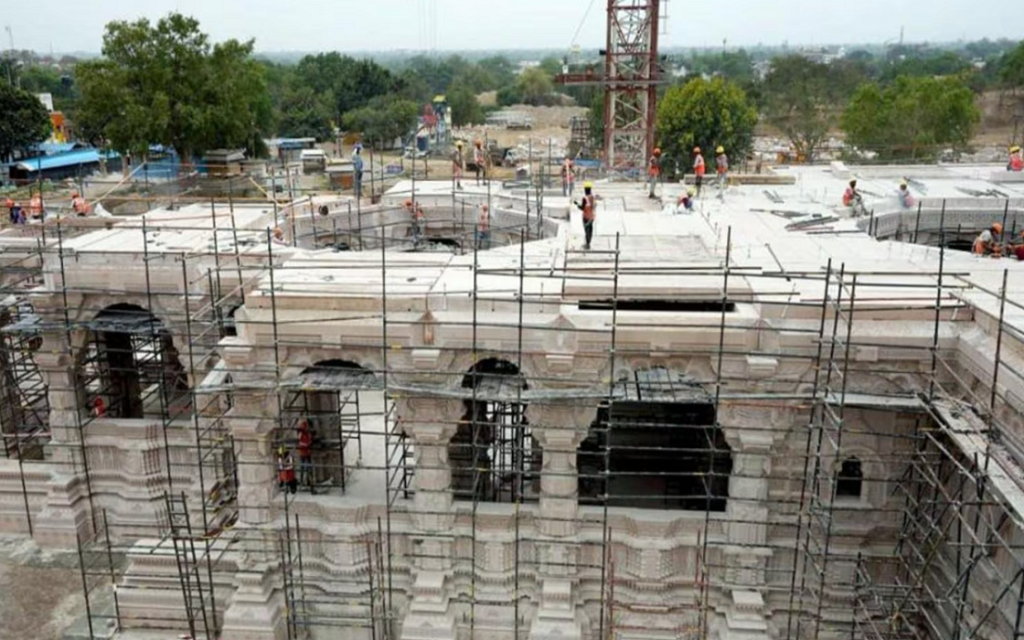
– In 2020, construction began on a new Ayodhya Ram temple after the Supreme Court decision.
– In August 2020, Prime Minister Modi attended a ceremony to lay the first stone.
– The new temple is being built where the old Babri Mosque stood before being demolished in 1992.
– The design is a traditional Nagara style of Hindu temple architecture..
– Stones are being brought from all over India for construction.
– A trust established by the government is overseeing the temple rebuilding.
– Construction is expected to be completed by 2023 or 2024 at an estimated cost of $300 million.
– Rebuilding the temple has been a major goal of Hindu groups.
– Security is high around the construction site to prevent any new disputes.
Details About Architecture Of Shri Ram Mandir Ayodhya
New Ayodhya Ram Mandir construction is managed by the Shri Ram Janmabhoomi Teerth Kshetra trust, with Larsen & Toubro (L&T) as the main contractor. Building work started on August 5, 2020, following a Bhoomi Poojan ceremony.
- The temple design is in the Nagara style of Hindu architecture
- Walls will be built from carved sandstone and granite
- It will be 3 stories and 161 feet high
- There will be 5 domes decorated with gold
- Statues of Ram, Sita and others will be in the main temple
- The whole complex will cover 57 acres
- It will have a visitor center, museum, library, etc.
- There will be 212 pillars, each 33 feet tall
- The architect is Chandrakant Sompura
- Construction follows traditional Hindu methods
- The goal is an iconic temple honoring Lord Ram’s birthplace

